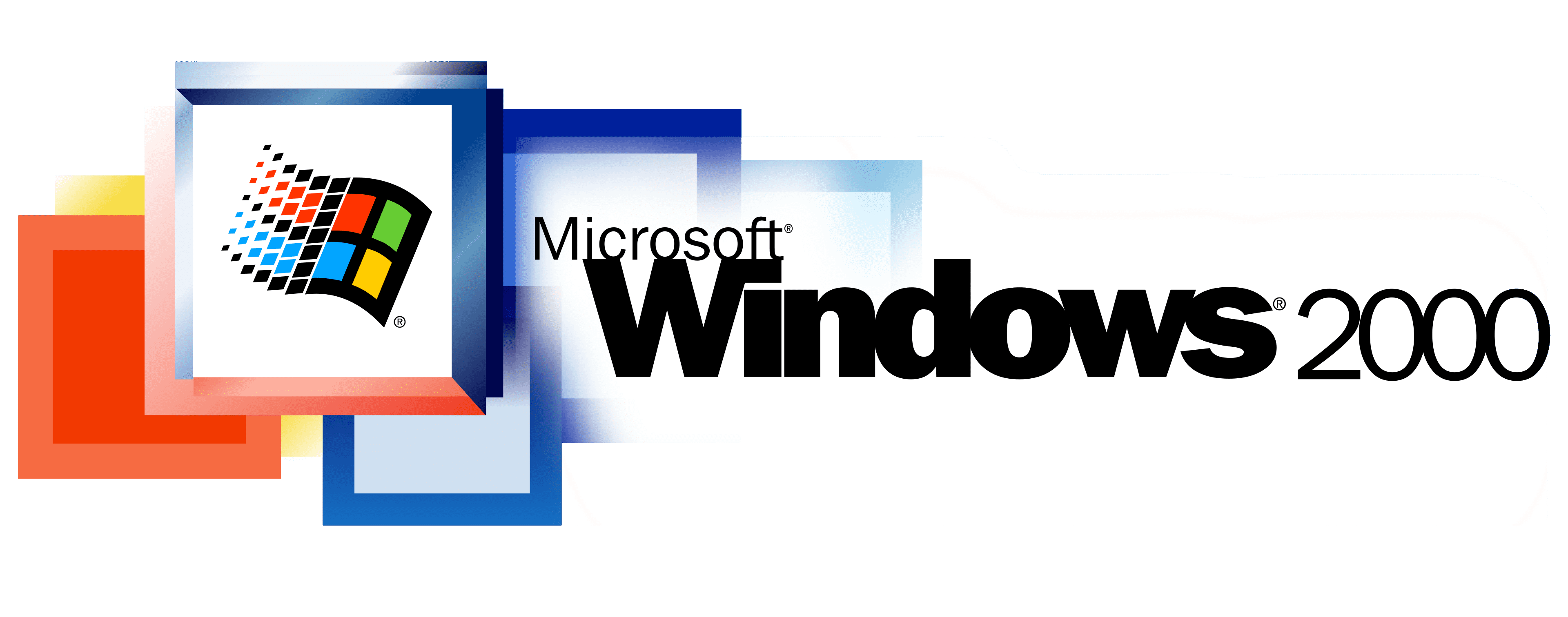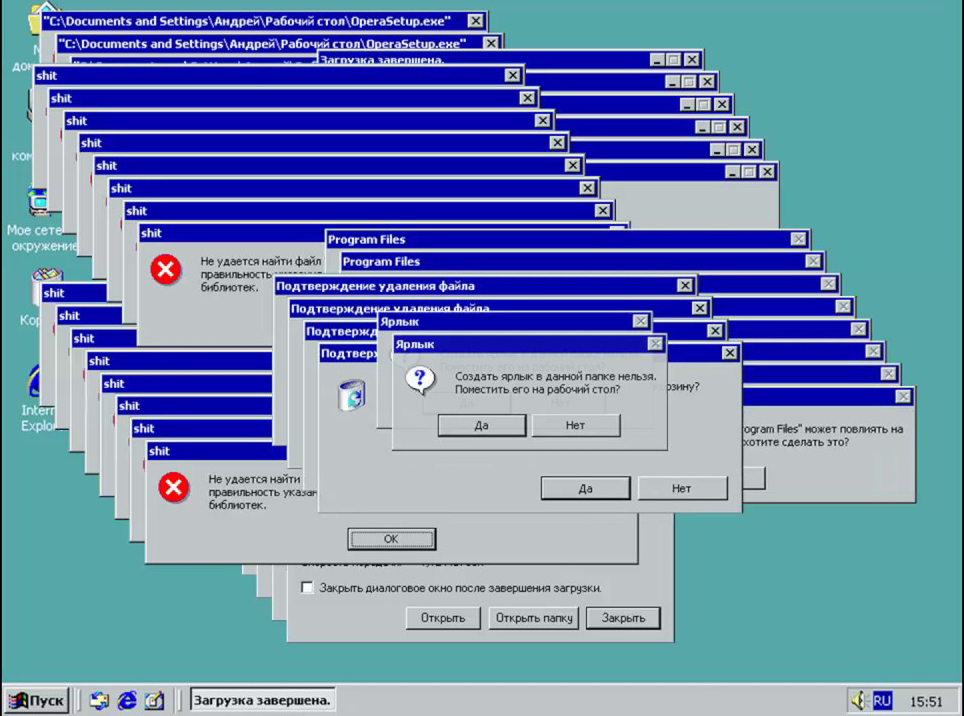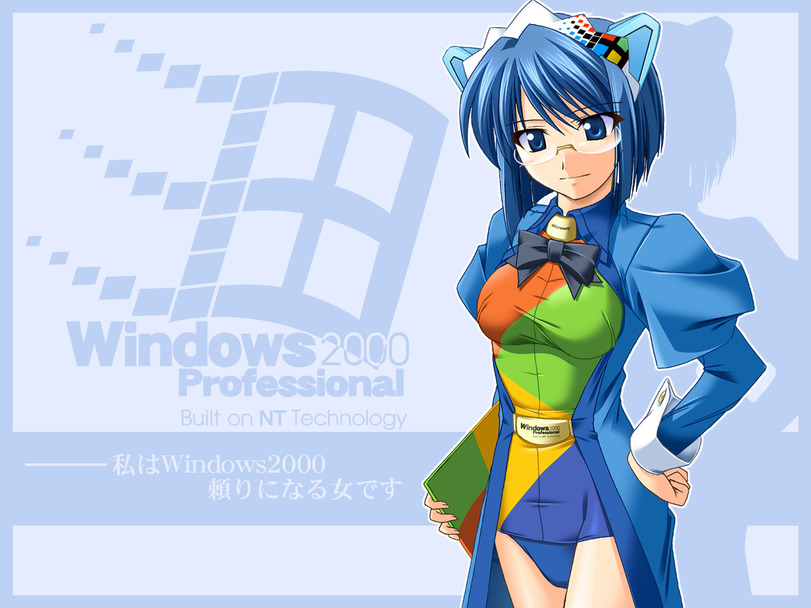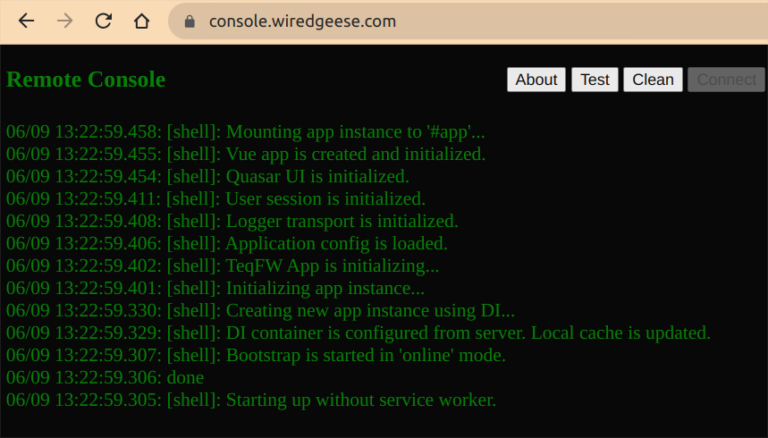Windows 2000 was born 22 years ago

February 17 is a significant date in the history of the global IT industry. It was on this day 22 years ago that Microsoft officially introduced Windows 2000, a revolutionary version of its operating system at that time. Those who made those days remember very well the interest with which users perceived the emergence of a new OS. What was the reason for this interest? Let’s remember.
At the turn of the century, Microsoft developed and promoted two parallel lines of operating systems. The NT family, represented by the latest version 4 at that time, was focused on servers and workstations. This system, which was highly reliable, but at the same time demanding on the PC hardware configuration, was used mainly in the business sector. For “home use” was intended for the Win9X family, represented by Windows 98 – an improved and refined version of Windows 95, the instability and buggy of which has become truly legendary. Since the architecture of the two families was different, some applications, most of which were games, had compatibility issues (usually due to limited DirectX support in NT 4.0). There were questions about the compatibility of a number of drivers.
NT 5.0 was expected to replace the obsolete Quartet, while for “home” users in September 2000, an updated Windows 98 with “restyling” and “facelift” was presented, which received the designation Windows Millennium Edition (Windows ME). Moreover, back in 1998, the developers announced their refusal to further develop the 9x line, but immediately released Windows 98SE to the market. And instead of the long-awaited version 5 of NT on February 17, 2000, Microsoft began selling Windows 2000, which made a splash among users.

And it was not only a matter of “rebranding”: the new version of the OS broke the traditional idea of the NT family as operating systems designed exclusively for business. And the name itself logically put the new release on a par with the Windows 95/98 desktop operating systems, although the kernel of Windows 2000 was different. Popular in that era, magazine articles in the series “how to turn Windows NT 4.0 into a home system” lost their meaning: Windows 2000 ran quite efficiently on ordinary PCs without additional dances with a tambourine.
Microsoft released as many as 4 versions of Windows 2000 to the market: Server, Advanced Server and Datacenter Server for servers, which first introduced support for Active Directory, and the most popular – Professional for workstations and desktop computers. This version included the Active Desktop based on Internet Explorer 5 – the same as in Windows ME, the new Windows Desktop Update, UDF support, EFS data encryption and the ability to work out of the box with a large number of USB devices, including printers and other peripherals. Explorer introduced a web folder view of content, again borrowed from the Millennium Edition. The built-in media player allowed to turn on the preview of multimedia files: later this feature became standard in the Windows XP/Vista interface. Of the visual changes that immediately caught your eye, you can name the default contents of system folders and the system disk partition – instead of them, a stub was shown in the Explorer window, which, however, was not difficult to disable.

Also in Win2K was implemented full support for Plug-and-Play (which was not in NT4), ACPI and dynamic disks. The developers themselves called this OS “the most reliable and stable operating system that Microsoft has ever created at that time”, but the well-known publicist Mary Jo Foley, who wrote analytical articles about the IT market and operating systems in particular, argued that Windows 2000 there are over 63,000 potential defects. After this publication, Microsoft included it in the “black list” for a long time.

Despite the fact that the more familiar Windows ME was actively promoted in the market in the “boxed version” and also shipped with new computers and laptops under an OEM license, Windows 2000 was gaining more and more popularity. First of all, thanks to the reliability and acceptable performance, which many users of Windows NT 4.0 have previously complained about. Thanks to the full support of WDM and DirectX, there were no problems with either drivers or games. In general, the system turned out to be extremely successful, so much so that it suited literally everyone: both business and ordinary “home” users.

After the release, 4 service packs were released for Win2K, and the last one, SP4, was published by Microsoft on June 26, 2003, that is, after the release of Windows XP. And sets of security updates for Windows 2000 called Update Rollup were released right up to 2005, which eloquently indicates the “survivability” of the system.
Released on October 25, 2001, Windows XP was not only based on the Windows 2000 platform, but also incorporated all the best features of this system, making a huge step forward in terms of user interface, reliability and speed. At the same time, it ended the Win9X era. In fact, Windows 2000 was the last operating system from Microsoft to compete in the market with an alternative family of Windows in the form of the Millennium Edition, and the first operating system on the NT platform to completely conquer the home personal computer market.






